
Flowchart for developing an antenna for an IoT device:
Step 1: Kickoff Call
- Conducting an initial meeting to analyse requirements
- Clarification of the technical specifications and project goals
- Determination of the budget and schedule
- Costs: 4 x 139 Euro = 556 Euro (01.01.2025)
- Read more https://antennity.com/antenna-kick-off/
The four hours are divided into one hour of preparation, 1 hour of video call and 2 hours of short report. Before the call, we find out the key data of the device and the application. The better the preparation, the better the output in the call. In most cases, customers already order the next work step during the call.
Step 2: Antenna simulation (optional for small platforms)
- Carrying out electromagnetic simulations
- Optimisation of the antenna design for compact IoT devices
- Consideration of restrictions such as a short ground plane or proximity to batteries
- Iterative refinement of the design based on simulation results
- Read more https://antennity.com/antenna_simulation/
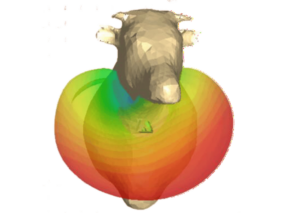
A PCB is small if the length of the ground plane is less than wavelength/4 of the lowest frequency of the antenna. The ground plane and the antenna form the antenna system. Without a sufficiently large ground plane, the antenna will work poorly or not at all.
Step 3: Prototype construction
- Creation of a test setup of the PCB in the planned enclosure
- Integration of batteries and other large components
- Checking the real antenna performance compared to the simulation
- Matching the design based on measurement results
- Read more https://antennity.com/antenna-poc/
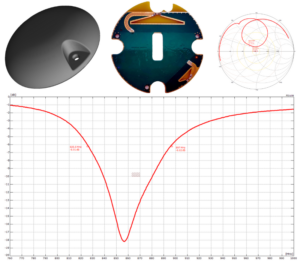
The test setup is used to check whether the values occur as determined in the simulation. If the PCB is large enough, the simulation can be dispensed with. Batteries and other large components can form an unwanted resonator and interfere with the antenna.
Step 4: Final Test PCB production
- Creation of the final test PCB with all components and optimised antenna
- Integration of the antenna based on the findings from steps 2 and 3
- Carrying out EMC tests and performance measurements
- Preparation for series production
If step 3 is successful, all other components are placed on the PCB. The antenna may change slightly during this process.
Cost considerations
- The cost of antenna development varies greatly depending on the complexity and size of the device
- For simple IoT devices with an existing eval kit: approximately 280 Euro plus support costs of 139 Euro per hour and matching of 3 to 4 hours per antenna
- For more complex or highly miniaturised designs: 15,000 to 150,000 Euro
- Please note that the costs increase as the ratio to the wavelength decreases. The smaller the PCB, the higher the costs
This flowchart provides a structured approach to developing an IoT antenna, although costs may vary depending on the complexity and requirements of the project. If you can determine the antenna concept from the antenna modules, then there are no development costs. Only the time required to assist with the project will be charged. The customers of the antenna modules can assemble the text boards themselves remotely with our assistance.
Digitanimal – everything from a single source
At Digitanimal, we have developed everything except the software. The enclosure for the Cattle Tracker is customised by us vattery, enclosure, PCB and antenna with diplexer are coordinated with each other. We developed the enclosure around the antenna and thus reduced the costs for development and series production.
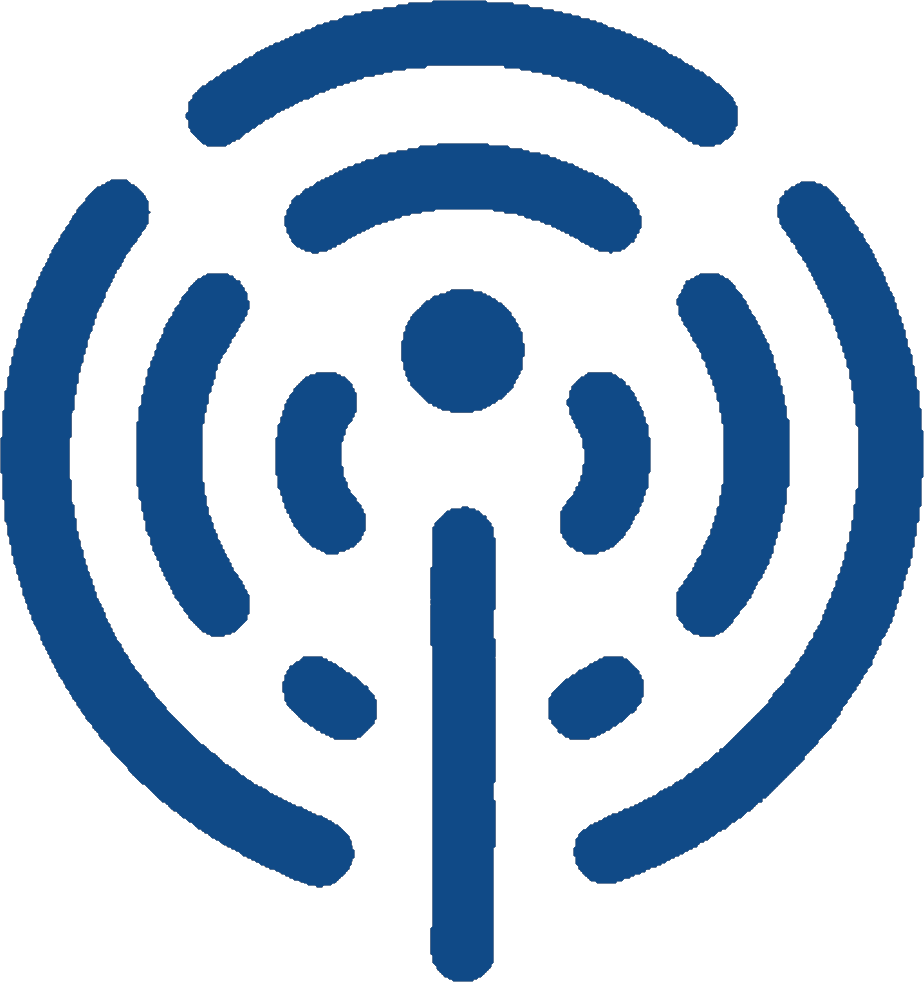
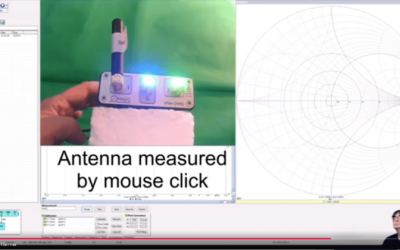
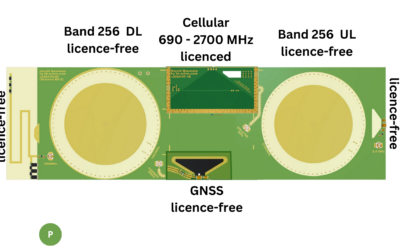
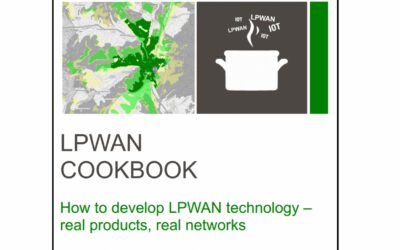
0 Comments